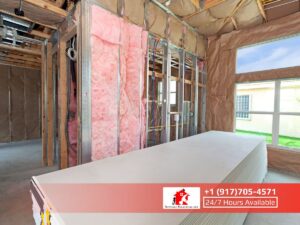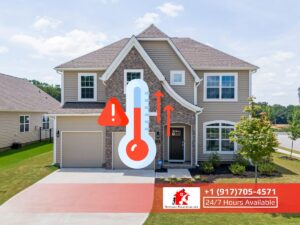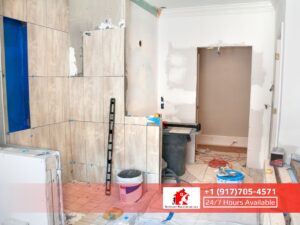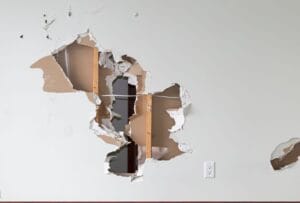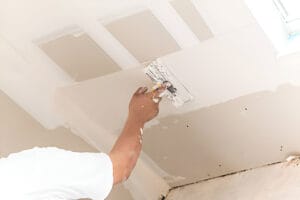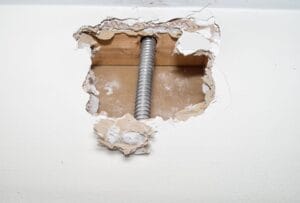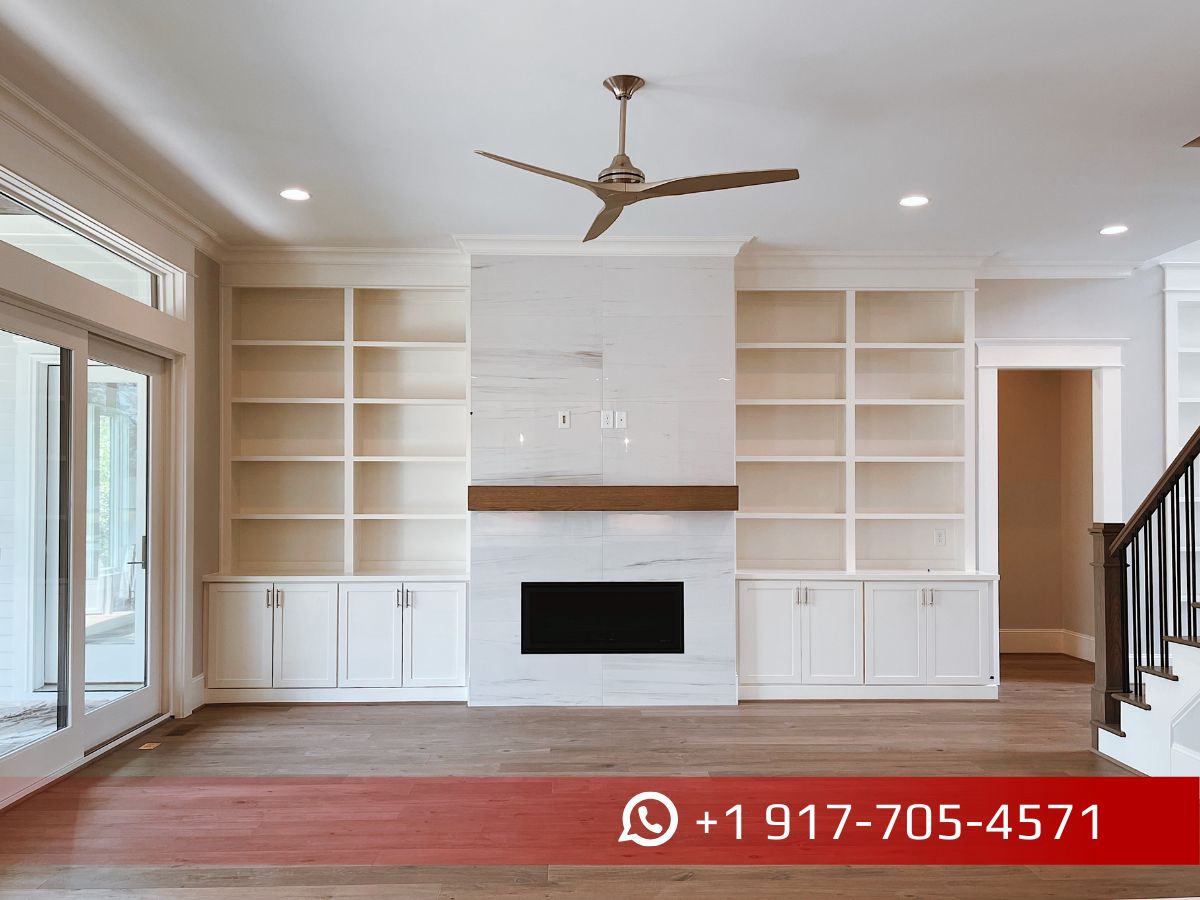
At Brilliant Renovation LLC, we’ve painted homes across Bronx, NY, from Riverdale to Throggs Neck. Frequently, homeowners ask: Can you use outdoor wall paint for interior spaces? Although it seems cost-effective, exterior paint for interior use poses risks. Therefore, we’ll explore the reasons, share Bronx project experiences, and provide paint safety tips. Moreover, we’ll discuss indoor air quality and selecting the best paint for indoor walls.
Why Exterior Paint for Interior Use Is Unsafe
Exterior paint withstands weather with high VOCs in paint and mildewcides, creating mold-resistant paint. However, these chemicals harm indoor air quality. In contrast, interior paint ensures paint adhesion on drywall and low-VOC content. Consequently, using exterior paint for interior spaces risks health, aesthetics, and maintenance.
For instance, in Pelham Bay, a homeowner used exterior paint for interior walls. As a result, paint fumes caused headaches, and the finish chipped. Subsequently, we repainted with low-VOC interior paint, ensuring safety. Indeed, this is common in Bronx, where DIY fixes often require repairs.
Key Differences Between Interior and Exterior Paint
Understanding the differences between interior and exterior paint is essential. Specifically, here’s why:
- VOCs in Exterior Paint: Exterior paints have high VOCs in paint, releasing toxic paint fumes. Conversely, low-VOC paint reduces risks.
- Paint Finish: Exterior paint finish is textured, whereas interior paint for durability offers smooth eggshell or semi-gloss for high-traffic paint areas.
- Paint Curing: Exterior paint for interior cures slowly indoors, causing exterior paint fumes inside. On the other hand, interior paint dries quickly.
- Mold Resistance: Exterior mold-resistant paint contains harmful chemicals, unlike safer interior options.
In Fordham, we fixed a bathroom with exterior paint for interior use. It peeled due to poor paint adhesion. Accordingly, we applied durable interior paint for humid spaces.
Health Risks of Exterior Paint Indoors
Health risks of exterior paint indoors are significant, particularly in Bronx’s dense neighborhoods. For example, VOCs in exterior paint can cause respiratory issues or dizziness. In Mott Haven, a family faced exterior paint fumes inside after a DIY job. Consequently, we ventilated, primed, and used safe paint for indoor spaces, improving indoor air quality.
To stay safe, follow these indoor painting safety tips:
- Always use low-VOC interior paint options for painting indoors.
- Additionally, ventilate with open windows and fans.
- Moreover, wear a mask rated for paint vapors.
- Finally, avoid exterior paint on interior surfaces to reduce chemical exposure.
Common Painting Issues in Bronx Homes
Bronx homes face humidity, tempting homeowners to use exterior paint for interior spaces like bathrooms. However, this worsens paint curing and indoor air quality. Furthermore, older homes have uneven drywall, needing primers and durable interior paint. In Soundview, we fixed a hallway with exterior paint for interior use. It cracked under wear. Therefore, we applied high-traffic paint with a satin finish.
Expert Tips: Choosing the Best Paint for Indoor Walls
At Brilliant Renovation LLC, we recommend interior paint for durability and safety. Specifically, here’s how to choose the best paint for indoor walls:
- Low-VOC Paint: Opt for brands like Benjamin Moore for low-VOC interior paint options.
- Paint for High-Traffic Indoor Areas: Use semi-gloss for kitchens or hallways.
- Mold-Resistant Paint: Choose interior-grade mold-resistant paint for bathrooms.
For example, in Riverdale, we used low-VOC paint in a nursery, ensuring a safe paint for indoor spaces with a washable finish.
FAQs About Exterior Paint for Interior Use
Q: Can I use outdoor paint inside with ventilation?
A: Although ventilation helps, exterior paint for interior releases VOCs in exterior paint, harming indoor air quality. Instead, use low-VOC interior paint.
Q: Is exterior paint safe for indoor bathrooms?
A: No, exterior paint on interior surfaces traps moisture, causing peeling and health risks of exterior paint indoors. Instead, choose mold-resistant paint.
Q: What are the effects of exterior paint indoors?
A: Exterior paint fumes inside cause health issues and poor adhesion, resulting in chipping.
Q: How do I ensure paint is safe indoors?
A: Check for “interior” and low-VOC paint labels. Moreover, avoid exterior paint.
Why Bronx Trusts Brilliant Renovation LLC
Brilliant Renovation LLC is trusted in Bronx for safe, quality painting. Specifically, we address local needs, from Castle Hill’s humidity to Woodlawn’s historic charm. Additionally, we use safe paint for indoor spaces, prioritize paint safety, and ensure paint adhesion. Our client’s value:
- Low-VOC interior paint options from top brands.
- Trained painters followed indoor painting safety tips.
- Consultations for the best paint for indoor walls.
In Throggs Neck, we transformed a living room with durable interior paint, earning praise for our clean work.
Choose Interior Paint for Safety
Using exterior paint for interior spaces risks health risks of exterior paint indoors and poor paint adhesion. Instead, opt for low-VOC interior paint options and durable interior paint. At Brilliant Renovation LLC, we guide you on how to choose interior paint for painting indoors. Therefore, contact us for a free estimate to create a safe, vibrant Bronx home!

